
Find Help
More Items From Ergsy search
-

How was the bubonic plague controlled historically?
Relevance: 100%
-

What is Bubonic Plague?
Relevance: 77%
-
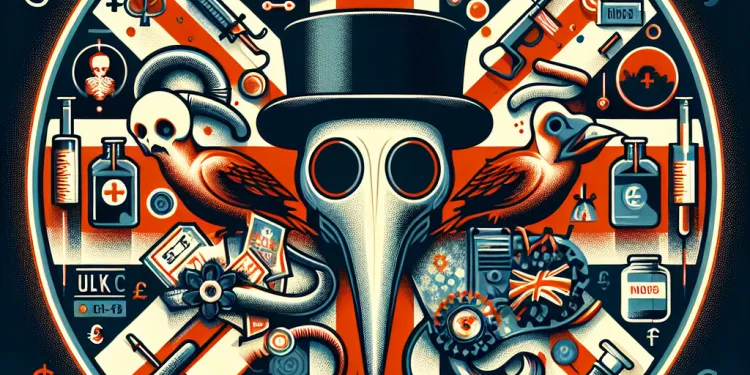
What historical event is the bubonic plague known for?
Relevance: 76%
-

What is the bubonic plague?
Relevance: 73%
-
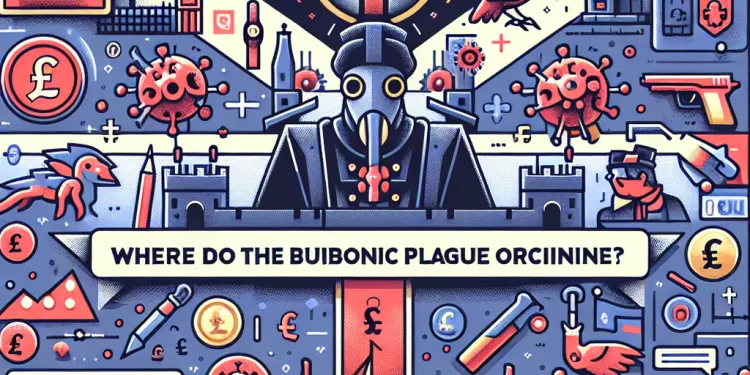
Where did the bubonic plague originate?
Relevance: 72%
-
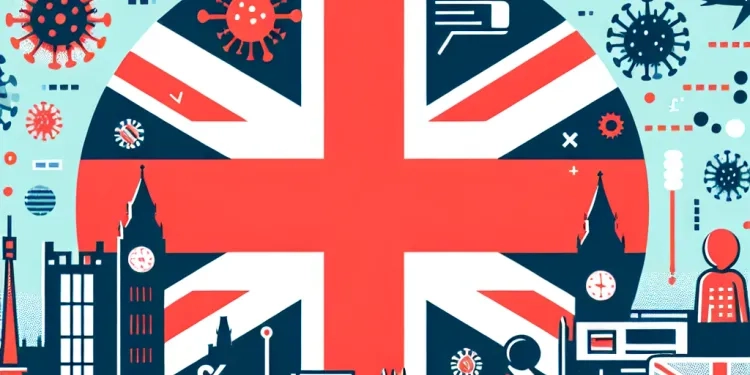
How is the bubonic plague transmitted?
Relevance: 71%
-

Are there vaccines for the bubonic plague?
Relevance: 71%
-

Can the bubonic plague be prevented?
Relevance: 71%
-

Is the bubonic plague contagious between humans?
Relevance: 69%
-

What is the mortality rate of untreated bubonic plague?
Relevance: 68%
-

How can the bubonic plague be treated?
Relevance: 66%
-
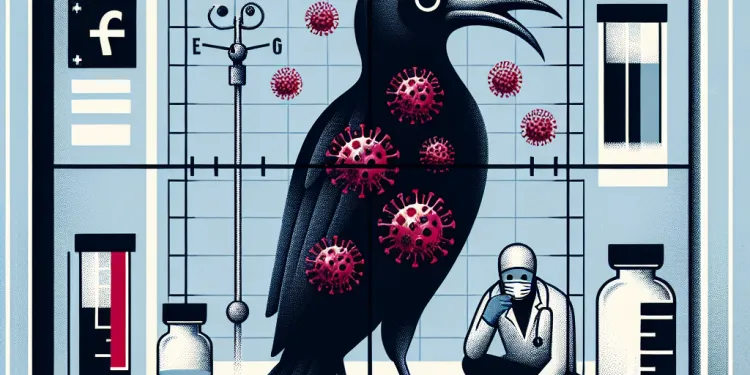
What are the symptoms of the bubonic plague?
Relevance: 65%
-

What advancements have been made in understanding the bubonic plague?
Relevance: 63%
-

Did the bubonic plague affect only Europe?
Relevance: 63%
-

Can the bubonic plague become resistant to antibiotics?
Relevance: 59%
-

Are there modern outbreaks of bubonic plague?
Relevance: 46%
-
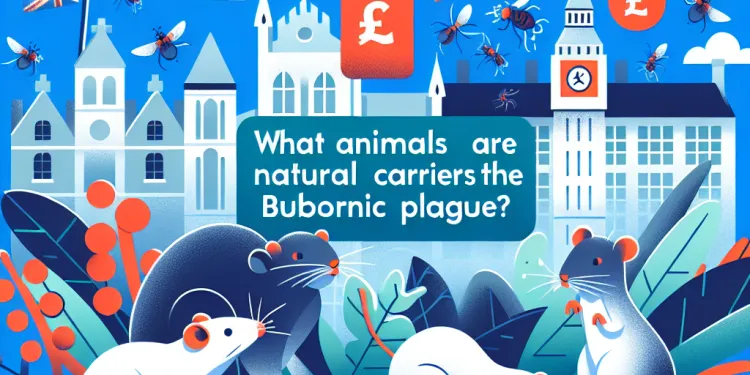
What animals are natural carriers of the bubonic plague?
Relevance: 42%
-

What is a bubo?
Relevance: 39%
-

What public health measures are important for managing the plague?
Relevance: 36%
-

Is the bubonic plague still a global health threat?
Relevance: 23%
-

Is ketamine a controlled substance?
Relevance: 21%
-

What methods are used to control screw worm populations?
Relevance: 21%
-
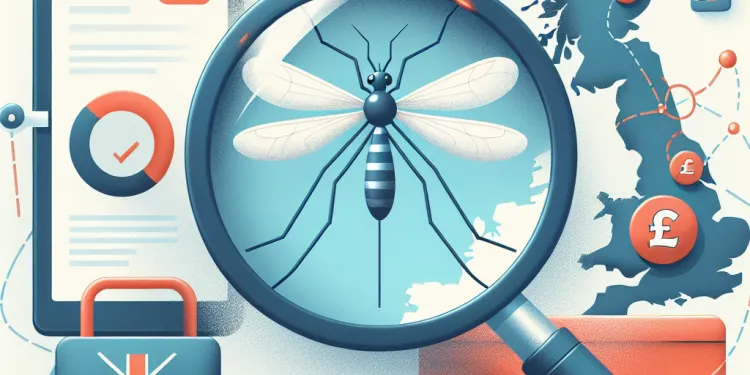
Are there any government initiatives to control mosquitoes in the UK?
Relevance: 20%
-
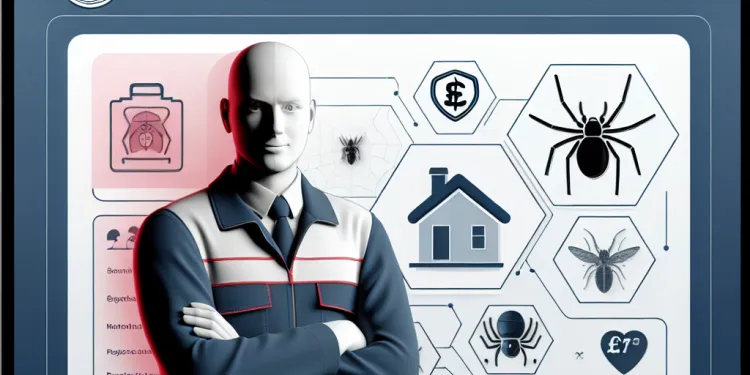
Is professional pest control needed for spiders?
Relevance: 20%
-
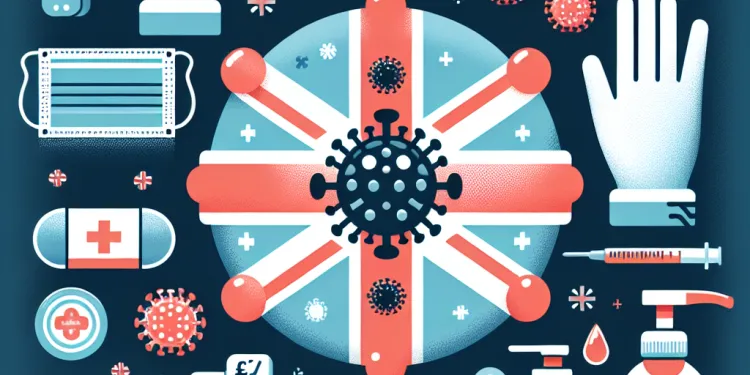
How is Nipah Virus controlled during outbreaks?
Relevance: 19%
-

Do I have the right to control my working hours?
Relevance: 19%
-

What measures are being taken to control Marburg virus outbreaks?
Relevance: 18%
-

What historical impact has H3N2 had?
Relevance: 18%
-

How effective is Mounjaro in controlling blood sugar levels?
Relevance: 17%
-

What defines a controlled substance?
Relevance: 17%
-

How do medications help control high blood pressure?
Relevance: 16%
-

Can mosquitoes carrying West Nile Virus be controlled?
Relevance: 14%
-

Where are screw worms found geographically?
Relevance: 9%
-

What is the National Trust?
Relevance: 8%
-

How do screw worms infest their hosts?
Relevance: 8%
-
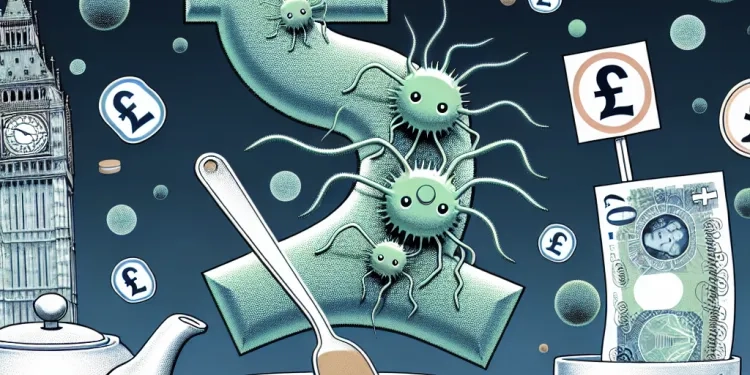
How does the bacteria Yersinia pestis survive between outbreaks?
Relevance: 8%
-

Have there been fictional variants used in media discussions before?
Relevance: 8%
-

What is the role of local government in boundary disputes?
Relevance: 7%
-

What is Super Flu?
Relevance: 7%
-

What are National Trust Jobs?
Relevance: 7%
Introduction
The bubonic plague, known as the Black Death, was one of the deadliest pandemics in human history. It swept through Europe in the 14th century, killing millions. Understanding how it was historically controlled provides insight into the evolution of public health measures.
Early Quarantine Measures
One of the primary methods to control the spread of the plague was the implementation of quarantine. Italian port cities like Venice were among the first to introduce quarantine protocols. Ships arriving from infected ports were required to anchor offshore for 40 days, a period known as "quaranta giorni" in Italian. This practice aimed to isolate potential carriers of the disease before they could enter the city. The use of quarantine was a significant step in public health, setting a precedent for future infectious disease control.
Public Health Ordinances
In cities across Europe, municipal authorities enacted public health ordinances to combat the spread of the plague. These ordinances often included measures such as the appointment of plague doctors, who were responsible for treating the infected and advising the authorities on prevention strategies. Cities also mandated the burial of plague victims in mass graves, located away from populated areas to prevent further transmission.
Sanitation and Cleanliness
Improving sanitation was another crucial measure in controlling the plague. Although the role of rats and fleas in transmitting the disease was not understood at the time, efforts were made to clean streets and dispose of refuse more effectively. Cities began to implement systems for waste removal and encouraged citizens to maintain cleanliness in their homes and surroundings.
Sociopolitical and Cultural Responses
Beyond governmental measures, the response to the plague included significant sociopolitical and cultural changes. Some regions saw social upheaval, with affected populations sometimes blaming marginalized groups, such as Jewish communities, for the spread of the plague. However, in many areas, the crisis prompted a greater reliance on communal responsibility, leading to the development of more structured public health policies and infrastructure.
Advancements in Medicine
Medical understanding of the plague remained limited during the pandemics of the Middle Ages and Renaissance. However, the repeated outbreaks of the disease prompted advances in medical practices. Physicians began to document symptoms and effectiveness of various treatments, laying the groundwork for the development of modern epidemiology and disease management strategies.
Conclusion
Historically, the control of the bubonic plague relied on quarantine, public health ordinances, improvements in sanitation, and evolving medical practices. These measures, though rudimentary, played a crucial role in managing the spread of the disease and influenced the development of public health frameworks that continue to evolve today.
Frequently Asked Questions
What measures did medieval towns take to control the bubonic plague?
Medieval towns often implemented measures such as quarantine, isolating infected individuals or households, and sometimes implementing rudimentary sanitation practices to control the spread of the bubonic plague.
How did the practice of quarantine help control the bubonic plague?
Quarantine helped control the bubonic plague by isolating people who were infected or suspected to be infected, thereby preventing them from spreading the disease to others.
What role did travel restrictions play in controlling the spread of the bubonic plague?
Travel restrictions limited movement between regions, which helped prevent the spread of plague from areas where it was present to areas where it was not.
How did public health officials identify and control bubonic plague outbreaks?
Public health officials historically used observation of symptoms, isolation of sick individuals, and sometimes reporting systems to identify and control outbreaks.
What sanitation measures were attempted during outbreaks of the bubonic plague?
During outbreaks, some cities attempted sanitation measures such as cleaning streets, removing waste, and killing stray animals that might carry fleas.
Did officials use any specific treatments to control the bubonic plague?
Historically, treatments were mostly ineffective and based on superstition or incorrect theories, such as bloodletting or using herbal remedies. Antibiotics, which are effective, were not developed until the 20th century.
How did the response to the bubonic plague differ between regions?
Responses varied greatly; some regions imposed strict quarantines and travel bans, while others relied more on religious or superstitious practices.
Did religious practices influence the control of the bubonic plague?
Yes, in some cases religious practices influenced responses, such as processions and prayers. Some people believed the plague was a divine punishment.
What role did government authorities play in controlling the plague?
Government authorities often implemented public health measures like quarantining, closing public spaces, and in some cases, enforcing sanitary regulations.
How did the understanding of disease transmission affect plague control measures?
In the absence of a clear understanding of disease transmission, control measures were mostly based on visible symptoms and behaviors rather than scientific evidence.
Were there any successful control measures during the historical outbreaks of bubonic plague?
While many measures were not fully effective, quarantine and isolation were reasonably successful in reducing transmission in some instances.
How did the handling of bubonic plague improve with time?
Over time, as scientific understanding and medical practices advanced, particularly with the discovery of antibiotics, handling of the plague improved significantly.
Were there any misconceptions about the cause of the bubonic plague?
Yes, many misconceptions existed, such as miasma theory, which attributed the disease to 'bad air,' or the idea that it was a divine punishment.
How did changes in trade impact the control of the plague?
Changes in trade, such as restrictions on trade routes and movement of goods, impacted the spread and control of the plague by limiting exposure.
Did the use of masks or protective clothing play a role in controlling the plague?
Some physicians and individuals wore primitive masks and protective clothing to avoid contagion, though their effectiveness was limited and not well understood.
How were infected vs. healthy people distinguished during the bubonic plague?
Infected individuals were often recognized by visible symptoms like buboes, fever, and black spots, though asymptomatic carriers could spread the disease unnoticed.
Did the bubonic plague lead to changes in urban planning or infrastructure?
In some cases, the plague prompted improvements in sanitation and urban planning, such as better waste disposal systems and water supplies in cities.
What were some local customs that affected the response to the bubonic plague?
Local customs, including burial practices and cultural views on disease, could affect responses, either hindering or helping control measures.
How did the presence of animals and pests impact the spread of the bubonic plague?
Rats and fleas, as carriers of the disease, significantly impacted the spread, leading to efforts to control animal populations in some areas.
What lessons from history are still applicable in controlling outbreaks of diseases like the bubonic plague today?
Lessons such as the importance of quarantine, sanitation, travel restrictions, and public health awareness remain crucial in controlling disease outbreaks.
Useful Links
- Ergsy carfully checks the information in the videos we provide here.
- Videos shown by Youtube after a video has completed, have NOT been reviewed by ERGSY.
- To view, click the arrow in centre of video.
- Most of the videos you find here will have subtitles and/or closed captions available.
- You may need to turn these on, and choose your preferred language.
- Go to the video you'd like to watch.
- If closed captions (CC) are available, settings will be visible on the bottom right of the video player.
- To turn on Captions, click settings .
- To turn off Captions, click settings again.
More Items From Ergsy search
-

How was the bubonic plague controlled historically?
Relevance: 100%
-

What is Bubonic Plague?
Relevance: 77%
-

What historical event is the bubonic plague known for?
Relevance: 76%
-

What is the bubonic plague?
Relevance: 73%
-

Where did the bubonic plague originate?
Relevance: 72%
-

How is the bubonic plague transmitted?
Relevance: 71%
-

Are there vaccines for the bubonic plague?
Relevance: 71%
-

Can the bubonic plague be prevented?
Relevance: 71%
-

Is the bubonic plague contagious between humans?
Relevance: 69%
-

What is the mortality rate of untreated bubonic plague?
Relevance: 68%
-

How can the bubonic plague be treated?
Relevance: 66%
-

What are the symptoms of the bubonic plague?
Relevance: 65%
-

What advancements have been made in understanding the bubonic plague?
Relevance: 63%
-

Did the bubonic plague affect only Europe?
Relevance: 63%
-

Can the bubonic plague become resistant to antibiotics?
Relevance: 59%
-

Are there modern outbreaks of bubonic plague?
Relevance: 46%
-

What animals are natural carriers of the bubonic plague?
Relevance: 42%
-

What is a bubo?
Relevance: 39%
-

What public health measures are important for managing the plague?
Relevance: 36%
-

Is the bubonic plague still a global health threat?
Relevance: 23%
-

Is ketamine a controlled substance?
Relevance: 21%
-

What methods are used to control screw worm populations?
Relevance: 21%
-

Are there any government initiatives to control mosquitoes in the UK?
Relevance: 20%
-

Is professional pest control needed for spiders?
Relevance: 20%
-

How is Nipah Virus controlled during outbreaks?
Relevance: 19%
-

Do I have the right to control my working hours?
Relevance: 19%
-

What measures are being taken to control Marburg virus outbreaks?
Relevance: 18%
-

What historical impact has H3N2 had?
Relevance: 18%
-

How effective is Mounjaro in controlling blood sugar levels?
Relevance: 17%
-

What defines a controlled substance?
Relevance: 17%
-

How do medications help control high blood pressure?
Relevance: 16%
-

Can mosquitoes carrying West Nile Virus be controlled?
Relevance: 14%
-

Where are screw worms found geographically?
Relevance: 9%
-

What is the National Trust?
Relevance: 8%
-

How do screw worms infest their hosts?
Relevance: 8%
-

How does the bacteria Yersinia pestis survive between outbreaks?
Relevance: 8%
-

Have there been fictional variants used in media discussions before?
Relevance: 8%
-

What is the role of local government in boundary disputes?
Relevance: 7%
-

What is Super Flu?
Relevance: 7%
-

What are National Trust Jobs?
Relevance: 7%


